We’ve all heard the phrases ‘unprecedented times’ and ‘the new normal’ more times than we can count over the past year as the impacts of the COVID-19 pandemic and global disruptions affect nearly all industries. In particular, the impacts have rattled through logistics functions since many affected regions have been at the center of international supply chains. Businesses are rapidly changing the way they operate their supply chains, so it’s critical for your organization to be aware of what is happening in your market and to update your logistics sourcing strategy accordingly.
Here’s an overview of what’s happening in the transportation markets. In addition, read on for steps you can take to protect your business and take advantage of new logistics opportunities such as: regional capacity that may mean lower rates or a leaner distribution network that aligns with changing demand.
Trucking
While truckload carriers were negatively impacted in Spring of 2020 from shutdowns associated with the pandemic, there has been a strong bounce back in demand. However, this demand is different than before, with increased warehouse deliveries and a shift to residential deliveries. Between the rising demand and a shortage of drivers due to COVID-19 concerns, shippers can expect to see an increase in rates. A structured approach to working with your carriers can mitigate those increases and even find opportunities to lower costs.
Many companies have been turning to private or dedicated fleets to ensure capacity and service. A focused network analysis will identify areas for conversion that can lower costs as well as improve service performance. It’s now more important than ever to measure your fleet performance and realign your fleet fuel, productivity, service and maintenance programs to take advantage of current market conditions.
Air Travel
Over the course of the past 12 months you’ve likely had either a business or personal trip cancelled due to the pandemic. Since the belly space of passenger flights provides about half of the air freight capacity, the grounding of flights has generated a significant shortage in air freight capacity. These rates have risen sharply, to two- or three-times historic levels. And, with the last mile delivery shifting quickly to residential, delivery service has been unpredictable.
Companies with large air freight or parcel shipments are finding value in reviewing network scenarios that can reduce the need for air transport. They’re also engaging specialists to identify negotiation leverage with carriers.
Ocean Freight Companies
In 2019, ocean freight companies saw increases in pricing of up to 9%. However, in early 2020 U.S. owned companies saw price cuts that have effectively reversed the previous year’s hikes. The sharp drop in demand earlier in 2020 was mitigated by the ocean carriers with slow steaming and idled ships. Demand is now back up, along with the rates. Increased demand is driven by PPE, restocking, and peak holiday shipping.
As we enter the new year, those with cargo originating in Asia will want to keep an eye on the container shortage that is expected to continue through February. Proactive backup planning is essential to be ready for the ongoing waves expected in ocean shipping in the new year.
Rail
While freight levels were down with the onset of the pandemic, they have rebounded to within 3% of pre-pandemic levels. Volume increases in intermodal and agricultural commodities have offset declines in petroleum, coal and mineral products. The trend for PSR (Precision Scheduled Railroading) improved rail efficiency in general, while a focus on technology has improved intermodal service reliability. Pricing for rail services has decreased year-over-year but is moving at a predictably slow and steady pace with carload rising and intermodal falling.
Analysis of your shipping patterns may reveal opportunity to switch modes and capture lower costs where improved intermodal services provide new options.
Tying it All Together
As the logistics industry continues to adapt and evolve with the many changes of 2020, not to mention the new challenges we will see in 2021, you must have a solid approach to support your organization’s supply chain.
Some Questions to Ask Yourself
- Is your logistics strategy aligned with overall company goals? Are your goals realistic and based on current market conditions?
- Setting realistic, strategic goals starts with a fact-based assessment of your capabilities and current market conditions.
- Have you done an in-depth network review in the last year?
- If not, you are missing new opportunities to protect and grow your supply chain resiliency.
- Does your logistics team have the skills they need to ensure your transportation sourcing strategy is effective?
- Expert training and support can raise your team up to meet these unprecedented challenges.
Need Help from the Supply Chain Experts? Contact ProcureAbility Today!
Reach out to ProcureAbility, your logistics procurement experts, to achieve your supply chain goals today.
Subscribe to ProcureAbility Insights to access whitepapers, presentations, plus our latest thought leadership.



